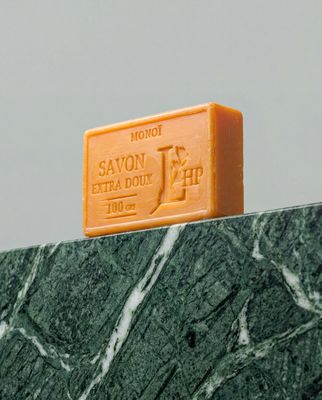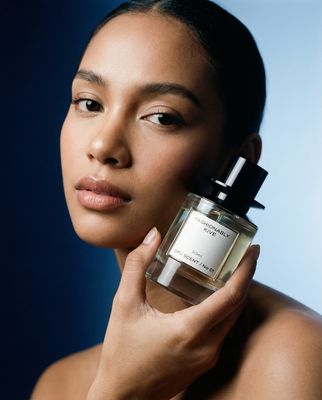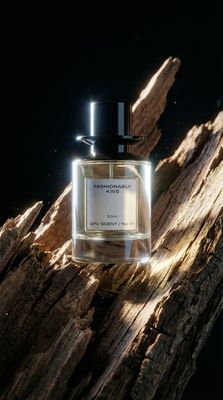Everything about the color Sorrel
The meaning of the color sorrel and color combinations to inspire your next creation.
Browse images in the color sorrel
What color is sorrel?
Sorrel is a warm, earthy hue that sits between brown and yellow on the color spectrum. It often evokes a sense of rustic charm and natural beauty.
What are similar colors to sorrel?
For variations within the same warm and earthy spectrum as sorrel, consider:
- Beige (#F5F5DC) shares sorrel's soft, neutral tone, offering a light, versatile option.
- Tan (#D2B48C) is slightly darker, providing a more grounded, earthy feel akin to sorrel.
- Taupe (#483C32) has a similar muted quality, with a cooler undertone that complements sorrel's warmth.
- Camel (#C19A6B) closely resembles sorrel with its warm, golden-brown hue, evoking a sense of natural elegance.
What color goes with sorrel?
To complement sorrel's warm, earthy tones, consider pairing it with:
- Sage (#9DC28A) offers a refreshing, green-tinged balance that enhances sorrel's natural warmth.
- Ivory (#FFFFF0) provides a soft, neutral contrast, highlighting sorrel's earthy depth.
- Peach (#FFE5B4) adds a gentle, warm contrast that harmonizes beautifully with sorrel's tones.
- Lavender (#E6E6FA) introduces a touch of elegance with its soothing, purple-tinged hue.
What color conflicts with sorrel?
To avoid clashing with sorrel's warm, earthy tones, consider avoiding:
- Black (#000000) can overpower the subtlety of sorrel.
- White (#FFFFFF) risks washing out sorrel's natural warmth.
- Gray (#808080) could dull the vibrancy of sorrel.
- Bright Red (#FF0000) may create too stark a contrast with sorrel's muted tones.
What does the color sorrel represent?
Sorrel often symbolizes warmth, comfort, and a connection to nature. It evokes feelings of stability and reliability. Psychologically, sorrel can promote a sense of calm and groundedness, making it a popular choice in spaces designed for relaxation. In art and design, sorrel is used to create a rustic, earthy aesthetic, often associated with natural materials and organic forms.
What's the history of sorrel?
The name "sorrel" is derived from the French word for "sour," reflecting the plant's tart flavor, which is similar in color to the hue. Historically, sorrel has been used in textiles and dyes, valued for its earthy, natural appearance. In modern times, sorrel is embraced in interior design for its ability to create a cozy, inviting atmosphere.
Color Variations
Shades
Tints
Hues
Color Palettes
Monochromatic
Complementary
Analogous
Triadic
Tetradic
Images with sorrel color
Color Conversions
#CEB180rgb(206, 177, 128)rgb(81%, 69%, 50%)0, 14, 38, 19hsl(38, 44%, 65%)38, 38, 81#CEB18074, 4, 2945, 46, 2774, 29, 8311001110, 10110001, 10000000Color(red: 0.807843137254902, green: 0.6941176470588235, blue: 0.5019607843137255)UIColor(red: 0.807843137254902, green: 0.6941176470588235, blue: 0.5019607843137255, alpha: 1.0)Color(0xFFCEB180)










